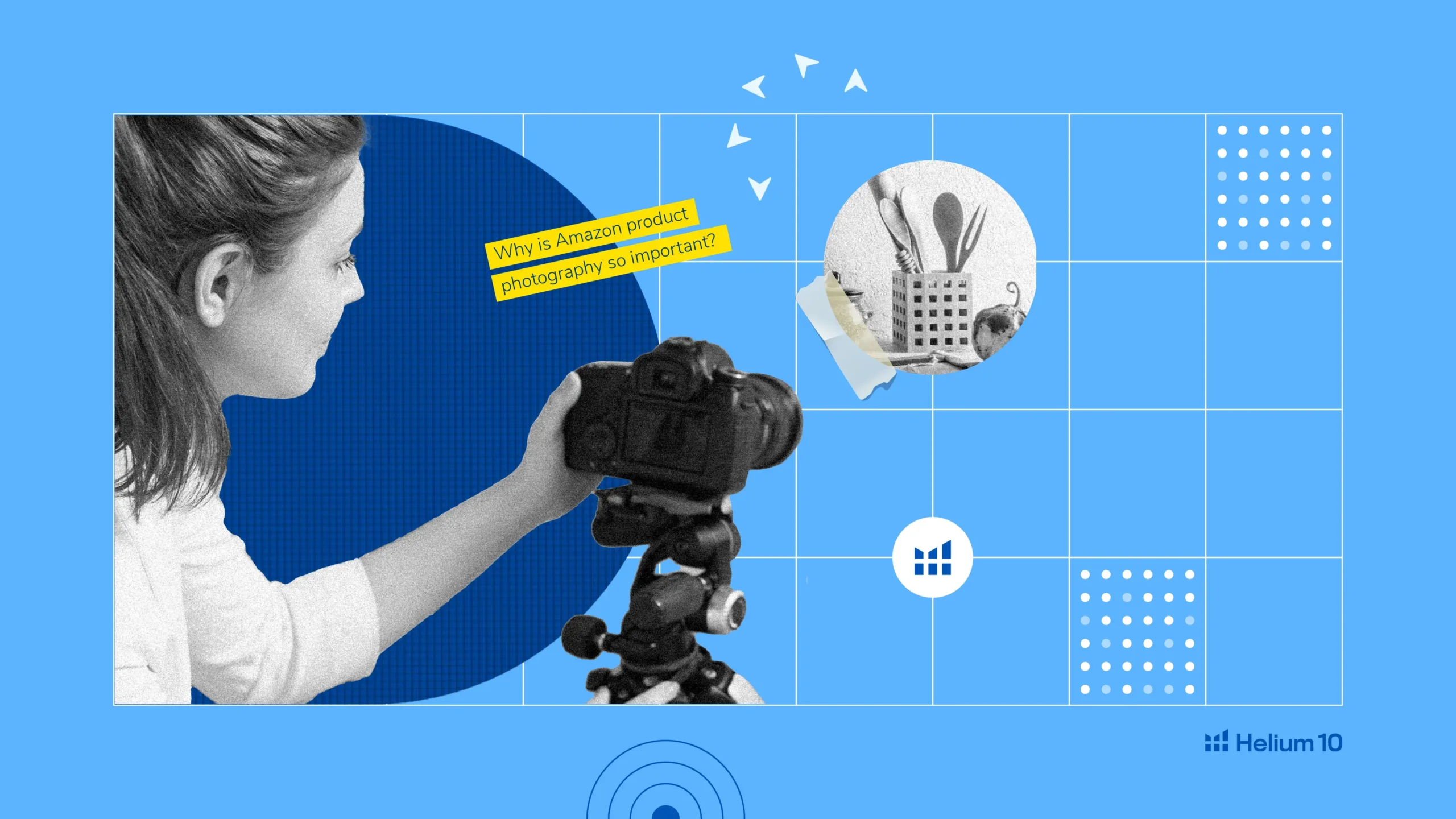
Amazon Product Photography: Boost Your Sales with High-Quality Images


Table of Contents
- Introduction
- What Are Amazon's Product Photography Requirements/Guidelines?
- Technical Requirements/Guidelines
- Content Requirements/Guidelines
- Outsourcing Amazon Product Photography
- Does Amazon Provide Product Photography Services for Sellers?
- What Does an Amazon Product Photographer Do?
- How Much Do Amazon Product Photographers Typically Charge?
- How Do I Find the Best Amazon Product Photography Service Providers?
- How Do I Take Professional Photos for My Amazon Listing Myself?
- Lighting
- Stabilization
- Background
- Positioning/Angles
- Resolution
- Highlight Unique Features
- Use a Model for Lifestyle Images
- Conclusion
Introduction
In the highly competitive landscape of Amazon’s marketplace, where numerous sellers compete for views, the visual appeal of your product images becomes a pathway to success. Therefore, it is imperative for all Amazon sellers to elevate their product photography game to survive this competitive milieu. The risk of losing out on market share is particularly pronounced within Amazon’s saturated market. Beyond mere visual representation, your images must encompass persuasive narratives, informative cues, and compelling aesthetics.

Outclass Your Competitors
Achieve More Results in Less Time
Maximize your results and drive success faster with Helium 10’s full suite of Amazon and Walmart solutions.
Sign Up for FreeWhat Are Amazon’s Product Photography Requirements/Guidelines?
Technical Requirements/Guidelines
When it comes to product photography for Amazon, there are specific technical requirements and guidelines you should follow to ensure your images meet the platform’s standards. Accepted image formats include TIFF (.tif), JPEG (.jpeg/.jpg), GIF (.gif), and PNG (.png). For the best zoom experience, it’s recommended that your images have a pixel dimension of at least 1600px on the longest side.
In terms of color modes, Amazon allows RGB and CMYK. When naming your image files, you should adhere to a specific format that includes three components: ASIN/EAN/UPC/JAN/GTIN/10 OR 13-digit ISBN, variant code (if necessary), and file extension. These components should be separated by periods in the filename. For example, a valid filename would be B000123456.jpg or 0237425673485.tif. Be cautious about using spaces, dashes, or other additional characters in filenames, as they can prevent your images from being published online. Understanding and following these guidelines is crucial to ensuring your products look their best on the Amazon platform.
Content Requirements/Guidelines
Adhering to specific content guidelines is crucial when it comes to product images on Amazon. These guidelines apply to images without a variant code or those designated as MAIN. For the main product image, ensure a pure white background with an RGB value of 255, 255, or 255. The image should professionally showcase the product, excluding drawings or illustrations. Avoid unnecessary objects, and for categories like Books, Music, and Video/DVD, display the front cover art exclusively. For other categories, the product should occupy at least 85% of the frame, with the entire product visible outside of its packaging. Human models are generally not allowed in main images except for clothing and assistive technology. Keep the main image free of additional text, graphics, or explicit content.
For additional images from different angles, focus on depicting the product accurately. These images should be well-focused, professionally captured, and exhibit realistic colors. Including other products or objects to demonstrate usage or scale is acceptable. Maintain at least 85% product coverage in the frame, allowing for cropped or close-up shots, backgrounds, and demonstrative graphics. However, avoid sexually explicit or offensive content at all costs. Adhering to these guidelines ensures your product images meet Amazon’s standards and help your listings shine.
Manage Everything With Next-Level Software
Sign up now to access powerful, easy-to-use tools to help with every part of selling on Amazon and Walmart.
Outsourcing Amazon Product Photography
Does Amazon Provide Product Photography Services for Sellers?
Amazon does not provide product photography services, however, Amazon has an SPN (Service Provider Network) catalog on Seller Central. This is a catalog of service providers around the world who provide professional product photography services especially tailored for the Amazon marketplace. You can pick a service provider based on which marketplace you sell on and where you are located. Pro tip: If you want to save on costs then instead of inputting your own location in the “Where are you located?” section, you can input your manufacturer’s location so that you can have your sample shipped to the product photography studio for a lower cost.
Helium 10 also has a hub that consists of hand-selected partners who provide photography and video services to Amazon and Walmart sellers. You can check them out online using this link.
What Does an Amazon Product Photographer Do?
An Amazon product photographer is not just a professional photographer, but an expert on the Amazon marketplace as well. The way that they differ from any other commercial photographer is that, unlike the latter, they do not just create high-quality images in alignment with the brand image. The first step to creating images for Amazon involves research into a brand’s competitors and their target audience.
Once they’ve looked into the kind of information a brand’s competitors are showcasing in their listing images and the information the target audience is looking for, these photographers then decide on the following:
1. What strategy to use for the main image
2. What the split between infographic images and lifestyle images should be, and
3. Which product features will be called out in each image
In short, these photographers create product photos that will convert views from potential customers into sales.
How Much Do Amazon Product Photographers Typically Charge?
Amazon product photography consists of multiple layers of work so the charges can vary depending on the seller’s needs. A seven-image project can start as low as $300 and can go all the way up to $7000. This will mainly depend on whether the seller requires stock images or real-life photography.
If it’s the former, then the seller can either send their product to a photographer to have it photographed or take photos of the product against a pure white background themselves and share the image files with the photographer. These photos are then photoshopped onto stock images along with some graphic design on top to turn them into Amazon listing images. This option is comparatively cheaper.
If a seller decides to go the real-life photography route then the product is shipped out to the photographer’s studio. The cost will then be determined by a variety of factors, which include, but are not limited to:
1. Does the shoot require a model and if so, how many models?
2. Will the shoot take place in one location or multiple locations?
3. Does the shoot require props?
4. How much planning is required and how big of a team is required on set?
The more customized a seller wants the studio setup and their product photos to be, the higher the cost will be. If a seller wants to communicate their brand story through their images and to differentiate themselves as a brand then the cost will most likely be on the higher end of the pricing range.
How Do I Find the Best Amazon Product Photography Service Providers?
The Amazon marketplace is huge and so is the market for Amazon service providers. This is great news for Amazon sellers because of the abundance of choice that is available to us, however, an excess of options can lead to being trapped in a state of analysis paralysis. So, here are a few resources to help guide you better.
At Helium 10 we have a network of entrusted service providers put together in a one-stop shop, called the Seller Solutions Hub. This is a great resource for looking up any Amazon selling-related service providers. Within Seller Solutions Hub, you can use the search bar and type in photography to compile a list of our vetted Amazon product photography service providers.
Once you have shortlisted companies, we encourage you to take a look at their reviews as well as their portfolio. It is helpful to contact a few companies and request examples of their work for either similar products or products within the same product category.
This will serve two purposes:
1. It will help you gauge the quality of their work and get a point of reference for what your project will look like when completed.
2. Having the visuals right in front of you, you can tailor the project plan according to your taste.
Manage Everything With Next-Level Software
Sign up now to access powerful, easy-to-use tools to help with every part of selling on Amazon and Walmart.
How Do I Take Professional Photos for My Amazon Listing Myself?
Lighting
Start by setting up your lighting, the quality of your lighting will determine how good or bad your image quality will be. Most sellers are under the impression that they need a professional camera in order to take a high-quality photo, but that’s not entirely true. Although other elements play a role as well, the most crucial element is lighting.
You need a space that is well-lit, so if there is a corner around your house that has ample natural light, then that is where your setup should be. If your product is too big, or you have multiple products within your package or if there simply is not enough natural light available to you to achieve even lighting, then you may want to consider getting another source of light. This could be a bright lamp with white light bulbs or a $30 LED light bought from Amazon. Place it at an angle that will create an even lighting setup throughout your product(s).
Now that you are set up in a bright environment, the next step would be to take a look at the shadows created by the lighting. Make sure there are no harsh shadows created by the lighting, this is especially pivotal for those white background images that you will be taking for your main image. To block off any harsh shadows, the brightest source of lighting needs to be diffused and the way to do this is to use some parchment paper to cover the source of lighting.
As for your infographic images and your lifestyle images, the rules are completely different. The use of shadow play is key here because that is how you can bring character into your pictures. Move around the second source of light, which will be a bright lamp or an LED light, to create shadows that look best to you. Feel free to channel your inner creativity here or to use sites, like Pinterest, to get inspiration.
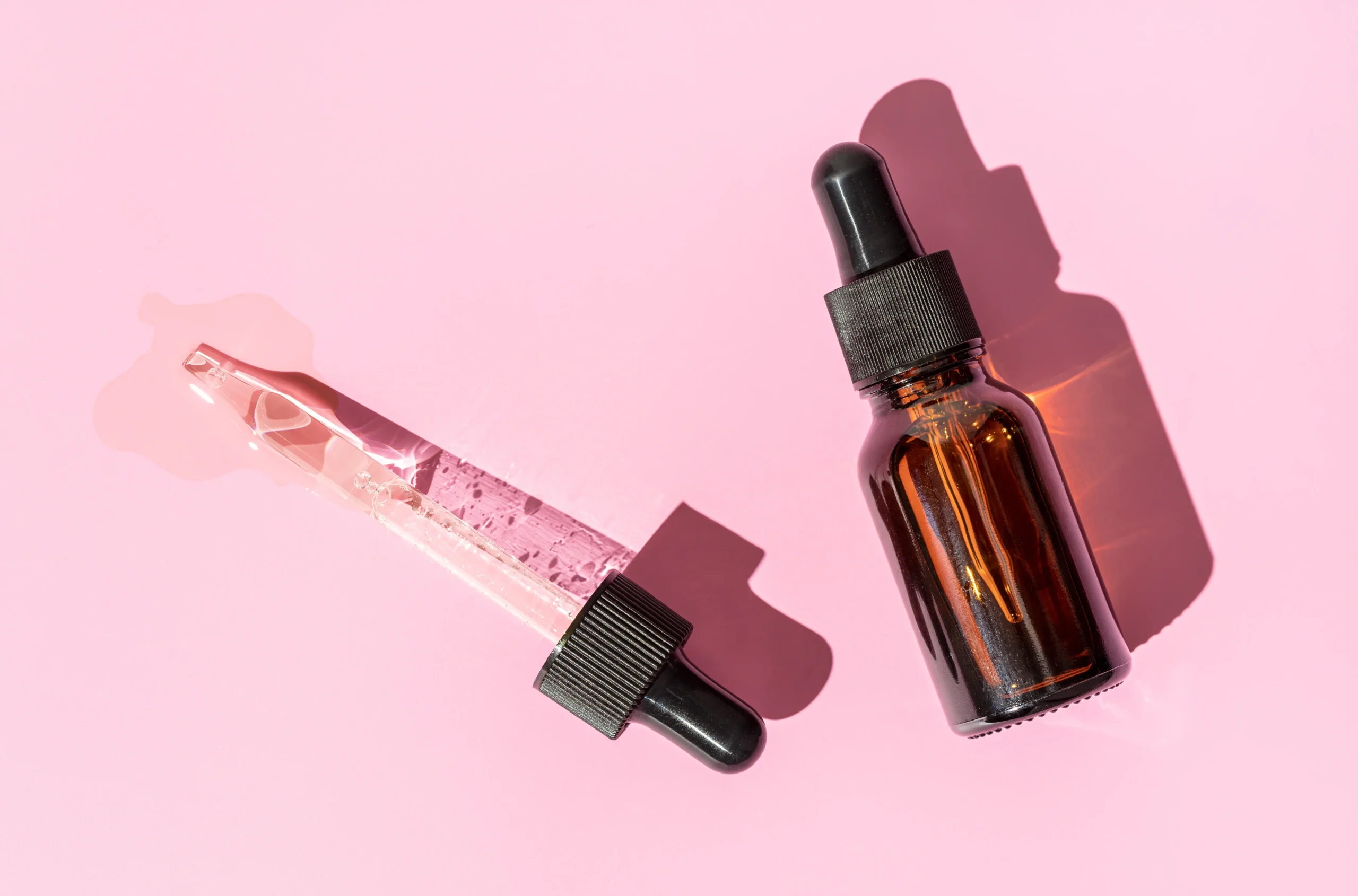
This technique only works on smaller product setups, if your product is big or if your shoot requires a model then you may need to use an even lighting setup like with your main image photos. We will go into detail about lifestyle photography later on in this blog.
Stabilization
Whether you choose to use a phone camera or a regular camera, make sure to place it on a tripod for stabilization purposes. You can source an inexpensive tripod from Amazon. However, if your phone or camera is not too bulky you may even get away with just holding it in your hand. To avoid any possible blur in the images when using a camera, make sure to increase your shutter speed to at least 1/125. This will give you a clear and high-quality image.
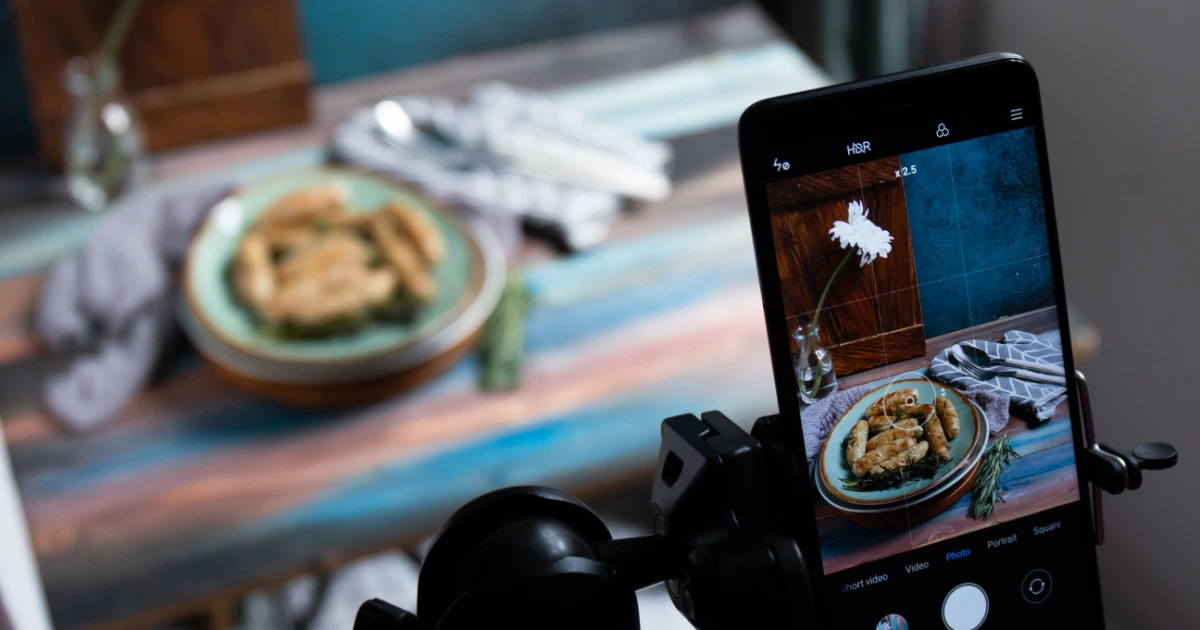
Background
You will need some kind of plain background for your main image and your infographic images. For your white background images, you can either use white construction paper or white chart paper. Place a long sheet on a table and tape the top of the paper to your wall. This will give you a seamless white backdrop for your photos. Some people also suggest using a white cloth but I would advise against it since this will create hard-to-remove seams in your backdrop and will make the editing process harder than needed.
As for the infographic images, you can use solid-colored chart paper for most products. The color of the backdrop should either complement your product/packaging or within your branding colors. For jewelry or skincare products, you can also use materials like silk or linen cloth. Alternatively, for certain kitchen products, you can use a linen cloth or a tiled backdrop to create a faux kitchen setup.
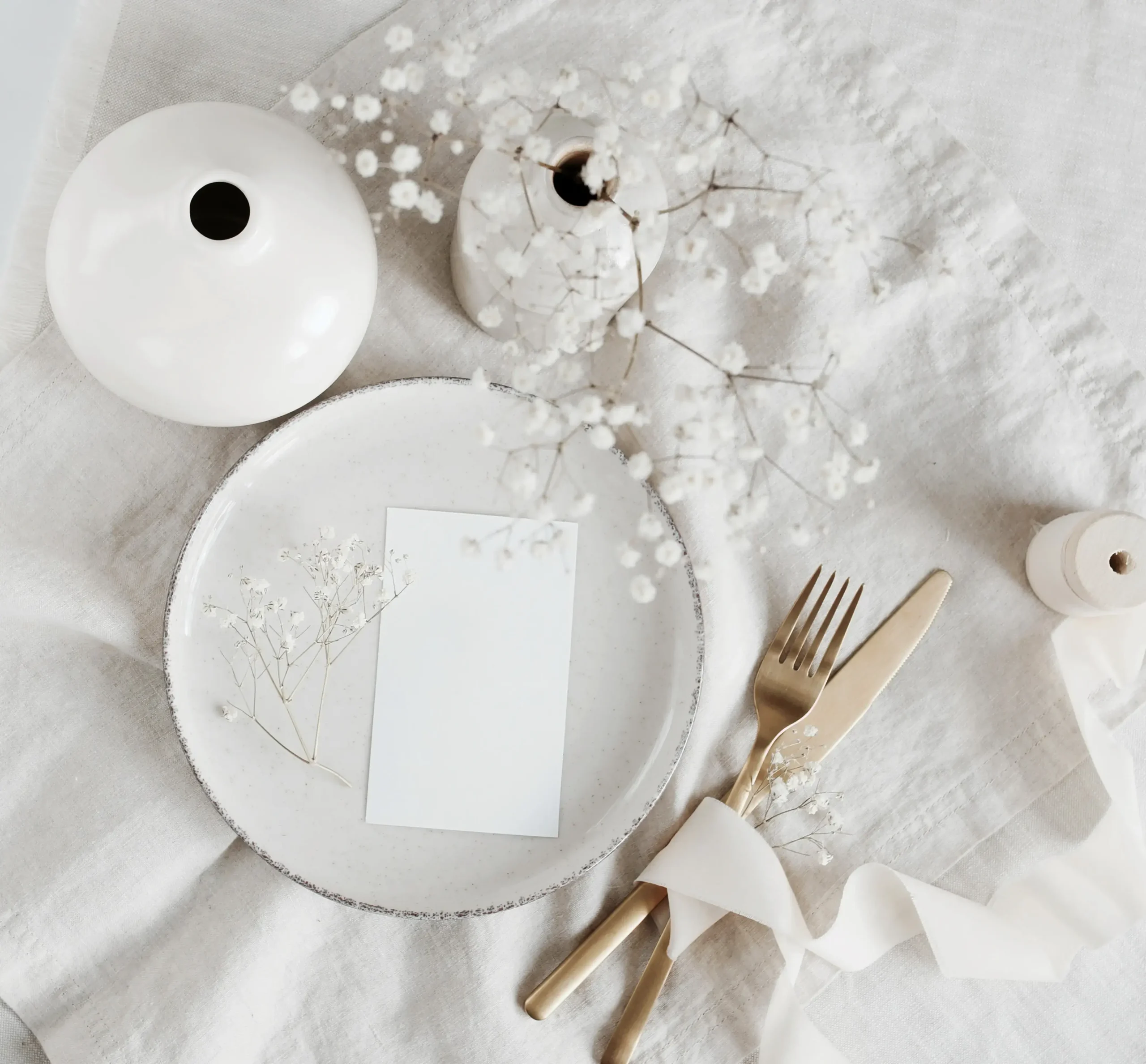
Manage Everything With Next-Level Software
Sign up now to access powerful, easy-to-use tools to help with every part of selling on Amazon and Walmart.
Positioning/Angles
Let’s begin by talking about the first image which will be your main image on a white background. You will need to take multiple angles of your product, top to bottom as well as all angles that will cover a 360 view of your product. If your product comes in a package with multiple items then take all possible angles of each item. Within each product photo, the item should cover at least 80% of the screen.

At this point you will not be styling any product, there will be individual shots of every angle and every item that comes as part of your product packaging. Once we have all the pictures, we will decide on a strategy that will best showcase our product to our buyers. There are so many main image strategies that you can pick from. This could either be showing your product in use, showcasing multiple angles of your product, a model interacting with your product or even 3D rendering your product for a cleaner look.
Choosing the best and most converting strategy will predominantly depend on your product type, your competitors’ images, your unique selling point, and most importantly, how well you relay key information to your customers. An example of this is the image below, when shopping for this particular product customers usually have a few common questions. How many protectors come in one pack? Which style of furniture legs are these protectors compatible with? What is the depth of each protector? How does it look on common furniture leg colors and materials? Take a look at the image below and see how it has answered all of those questions. That should be the goal for every main image!
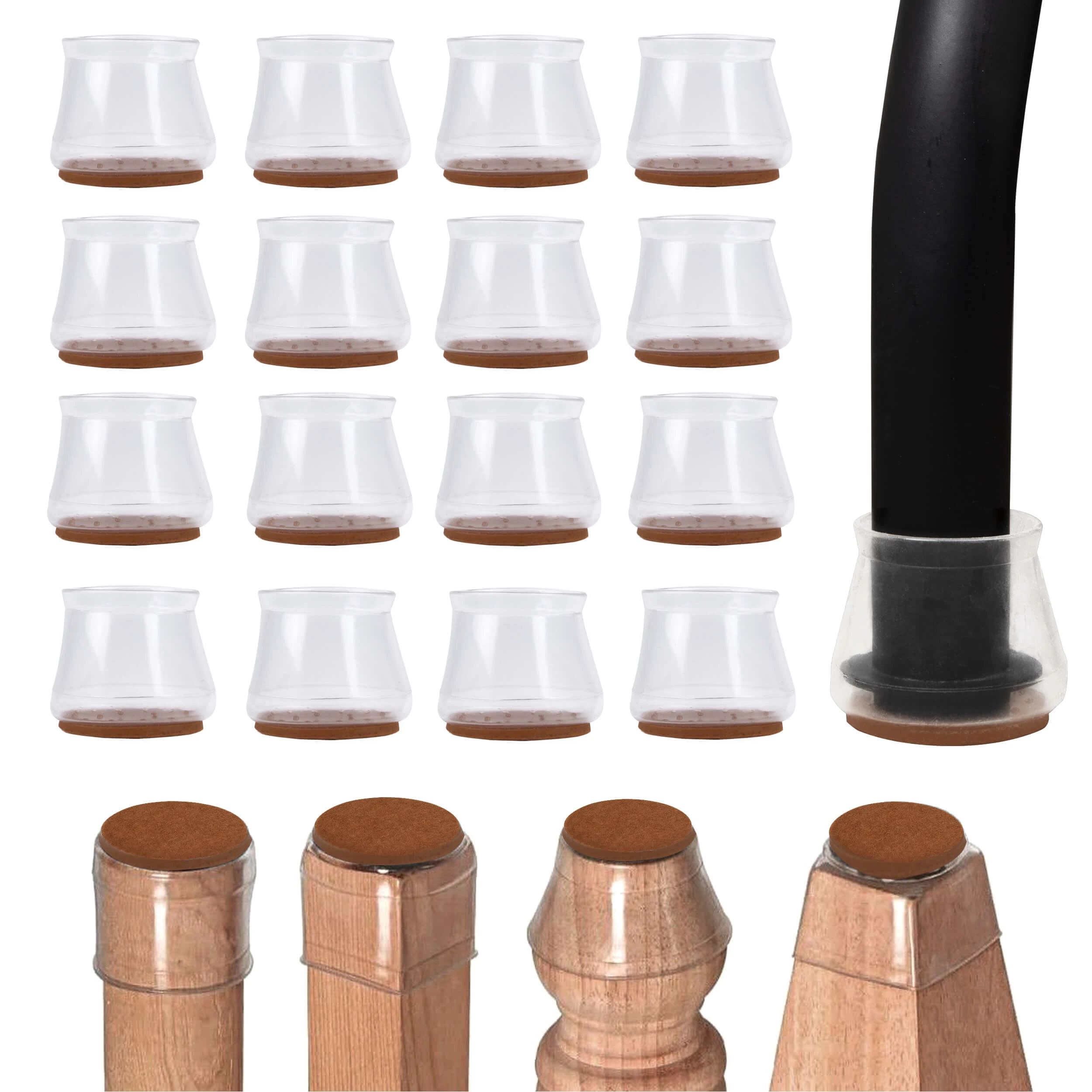
Once we’ve figured out our main image, we can begin planning our secondary images. For infographic images, we can upcycle some of our previous images taken too. Those shots of multiple angles can be used to demonstrate any unique selling points. Alternatively, we can take images with some negative space to leave room for any text or icons we may want to be edited onto these product images. So how does one compose these shots?
A well-known form of composition used in photography is the rule of thirds. The rule of thirds teaches us to place our subjects, in this case, our product, in the left or right third of an image. This means you will leave the other two-thirds open, that is, your product does not seep into those two-thirds of the image.
A good way to implement this is to imagine dividing your photo or your camera view into nine equal zones using horizontal and vertical lines. Then place the subjects on the intersecting lines, for example, where the sun and the human figure are placed in the image below.

Use this composition technique to lead the eye of the viewer toward the main character of the image, which will be your product. You can use this technique for your infographic as well as your lifestyle photos.
Now let’s say you want to implement the rule of thirds in your lifestyle photography and your shot has a model in it. You can position your model, interacting with your product, to appear in the right or left third of your frame. To give you an example, the below image could be a lifestyle shot for an earphone brand and they could use a similar composition to utilize that rule of thirds technique.
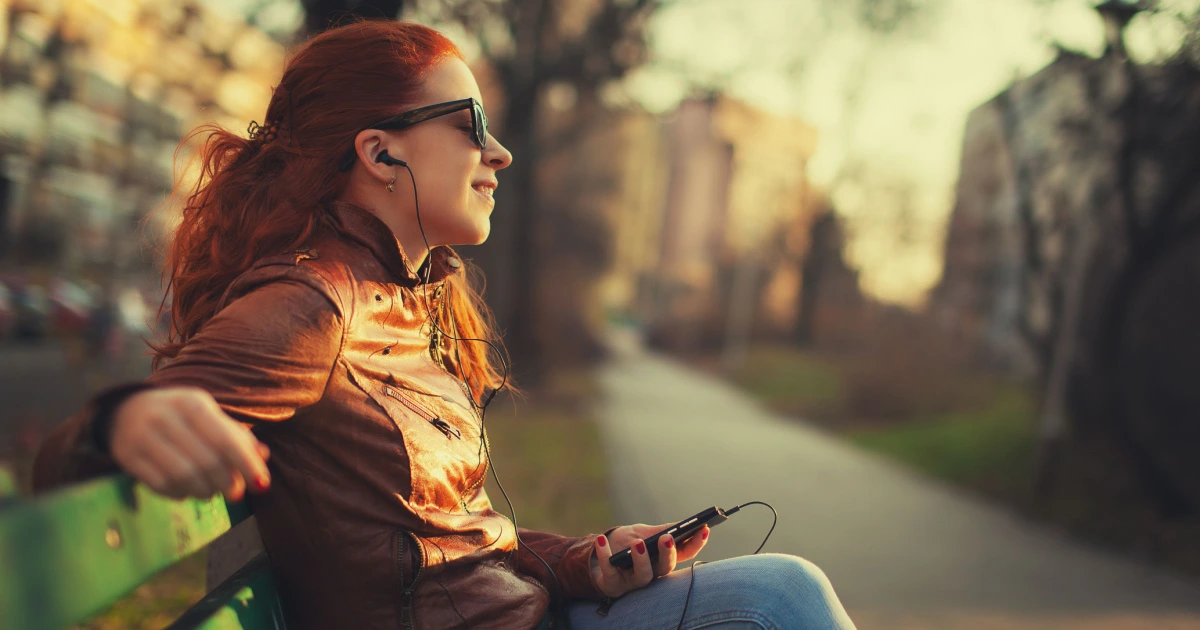
Resolution
The resolution of your image determines the level of detail and clarity in the image. Amazon’s minimum requirement for upload is 500px by 500px, which is quite low and going to result in poor-quality images. Not only that, this will not allow the zoom feature to work on your images. The zoom feature is pivotal to buyers shopping in an online store since they cannot view the product in person, they want to see the product zoomed in to get a detailed look at it. This also helps prevent the risk of getting negative reviews and unnecessary returns, which can result from customer expectations not being properly established.
The minimum resolution in order to get the zoom feature is 1000px by 1000px, although according to Amazon that will not give your buyers the optimal zooming experience. The reason is that the resolution of your image is not high enough to give enough visual clarity to the viewer. For this reason, Amazon suggests 1600px by 1600px so that buyers can at least get a view of all the details in your photo.
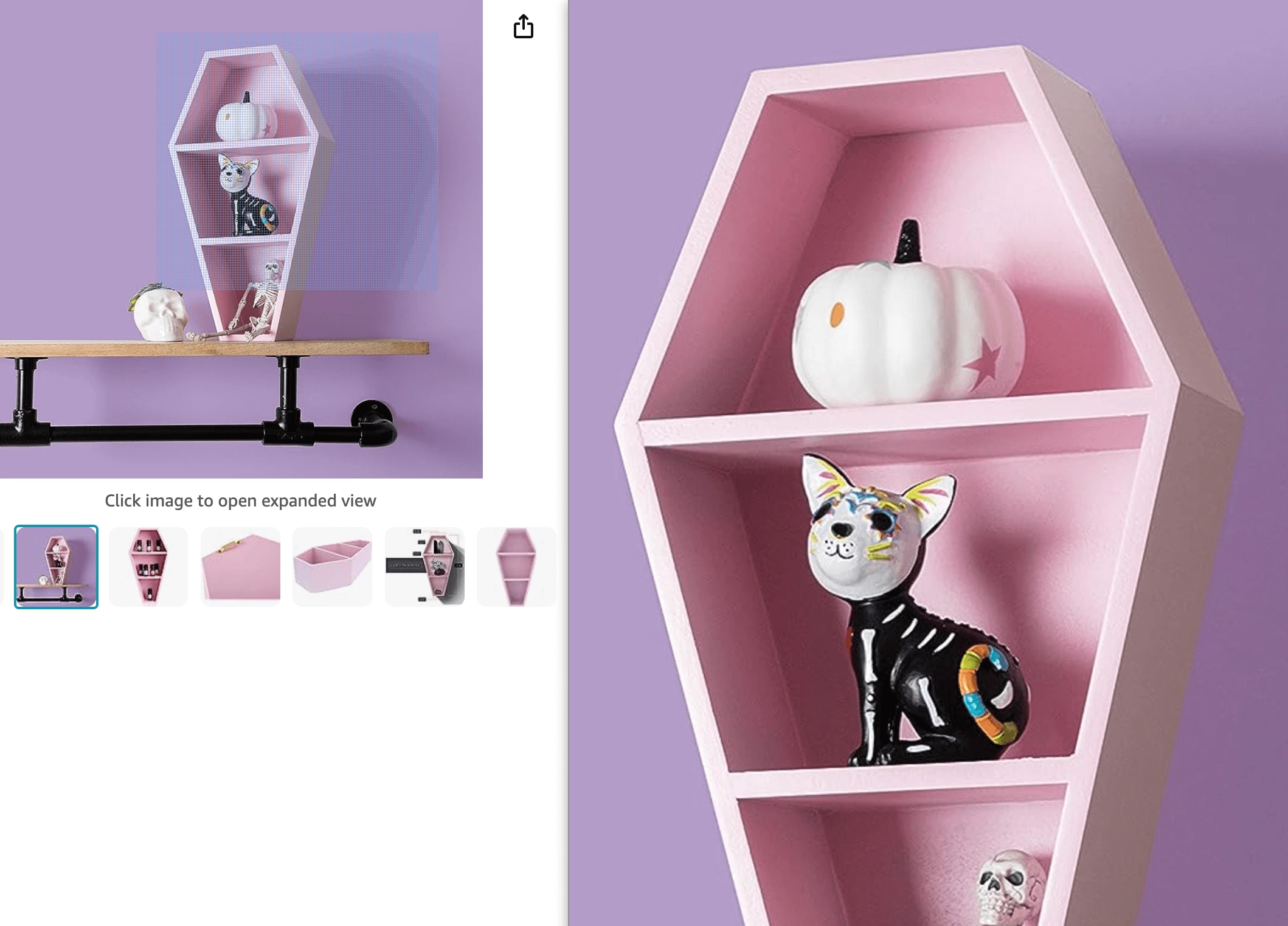
That being said, we suggest a minimum of 2500px by 2500px because that is when your pictures begin to look high definition, which comes with the added benefit of looking like a premium brand. A lot of sellers are under the perception that only a very high-quality camera can achieve a resolution that high. That cannot be further from the truth, even your smartphone camera can give you a high-resolution image.
So, the higher the resolution of your image the better the image clarity. Feel free to upload an even higher resolution image than 2500px by 2500px. Be mindful of the maximum limit set by Amazon though, your image resolution should not exceed 10000px by 10000px.
Manage Everything With Next-Level Software
Sign up now to access powerful, easy-to-use tools to help with every part of selling on Amazon and Walmart.
Highlight Unique Features
What sets you apart from your competitors is your unique selling points. This could either be a unique product design, a difference in functionality, or an added feature. Usually, this information would go in your infographic images. Information that you would include in your bullet points should be condensed in the form of icons, or into a heading and/or subheading for fast and convenient information consumption. If the image below had not used all these icons, imagine how crowded the image would have looked with all the text explaining these features.

Use a Model for Lifestyle Images
Lifestyle images are a great way for potential customers to envision themselves using your product so use models in your lifestyle images if it makes sense for your product type. You can either hire a model or, even better, ask a friend or relative to model for you. Let’s say you do not have the budget to hire a model and cannot get anyone to volunteer to model for you, then don’t worry because you can take your own photos. Just like I did for the Helium 10 backpack shoot.
If you want to learn how I planned the shoot and got the pictures Amazon-listing ready then you can read my blog here!
Ideally, you want to pick a model who represents your target audience. To give an example, if you are selling wooden toys for toddlers, the people who will be buying your product will mostly be parents. Including an image of a mother and daughter duo like this image below will help the mothers, who are potential customers, visualize themselves and their children playing with the toys. This representation makes us more likely as buyers to give preference to one brand over others.

Conclusion
In conclusion, Amazon product photography plays a crucial role in the success of any product. By investing in high-quality imagery that adheres to Amazon’s guidelines and resonates with potential customers, sellers can significantly improve their conversion rates and ultimately bolster their sales performance. Whether through opting for professional photography service or well-executed DIY efforts, the power of imagery cannot be underestimated in the competitive landscape of Amazon.
The investment in high-quality Amazon product photography pays off in terms of increased visibility, engagement, and conversion, positioning sellers for success.
Frequently Asked Questions
Achieve More Results in Less Time
Accelerate the Growth of Your Business, Brand or Agency
Maximize your results and drive success faster with Helium 10’s full suite of Amazon and Walmart solutions.

